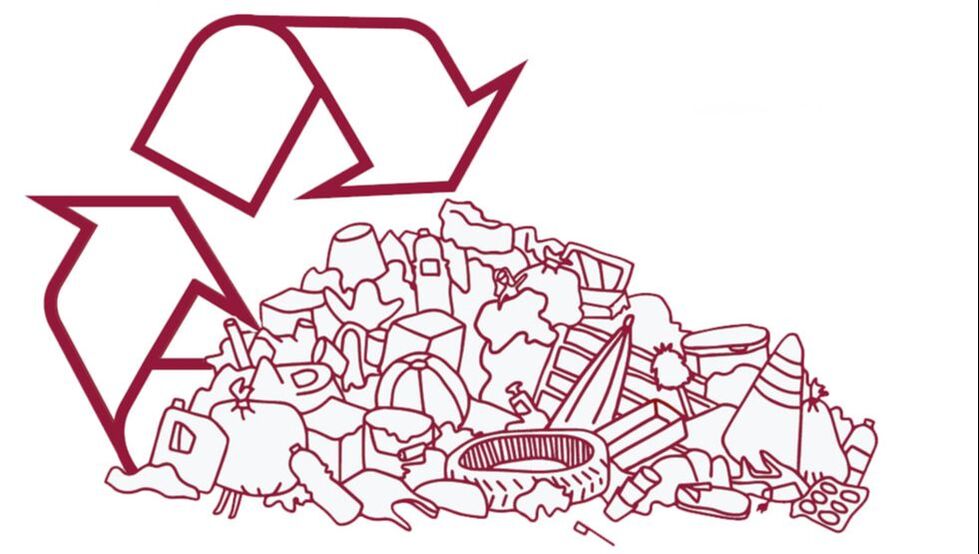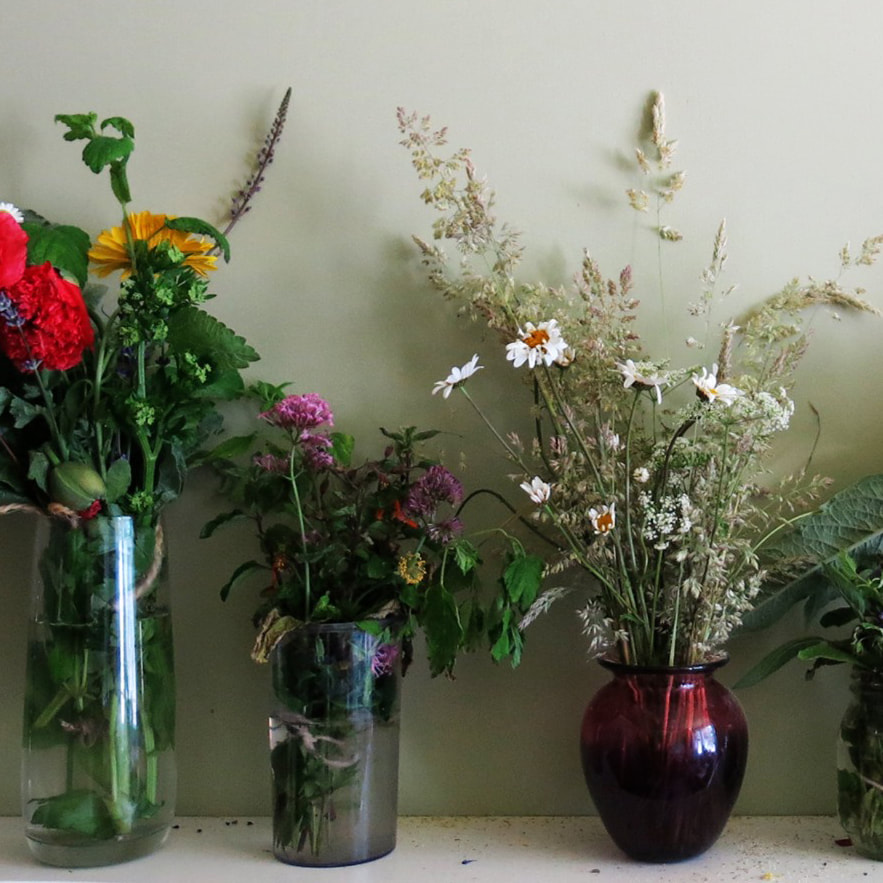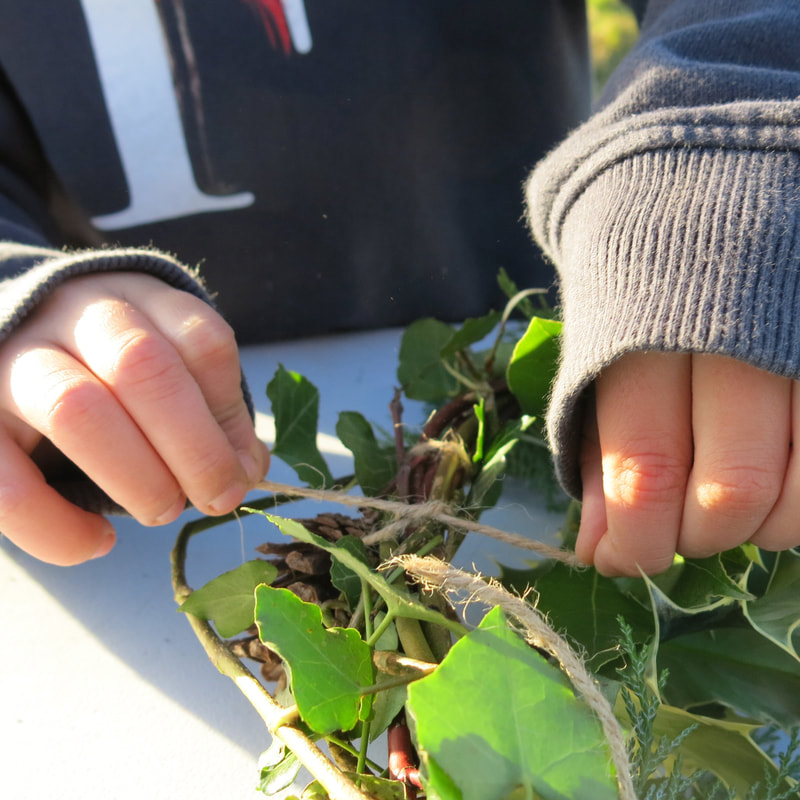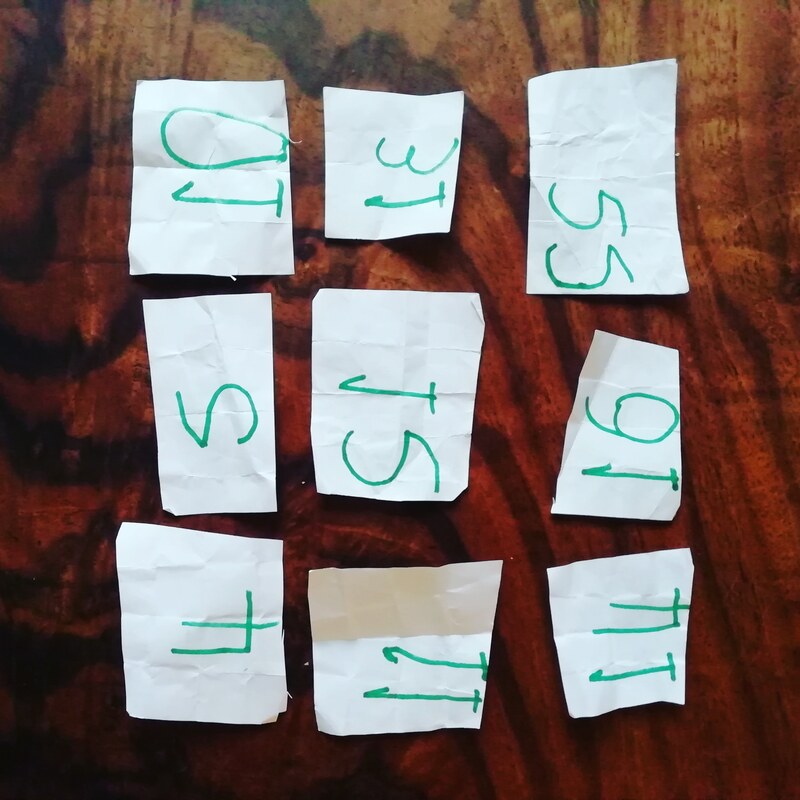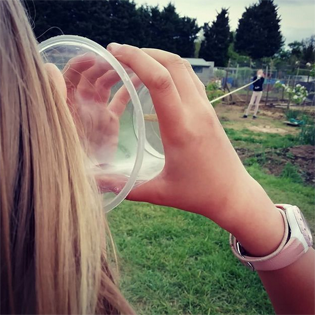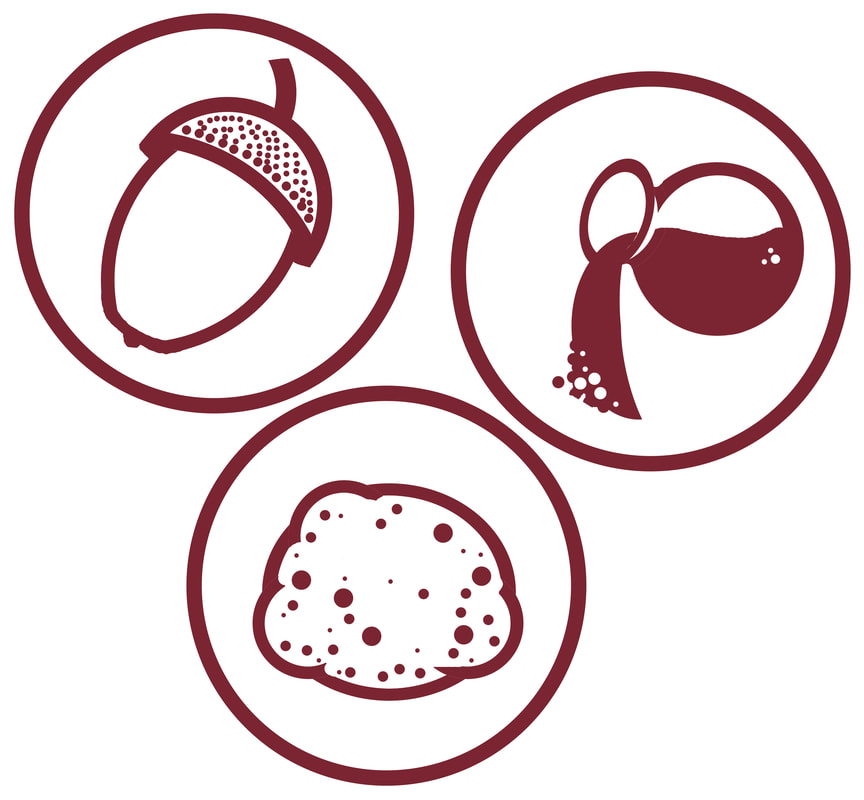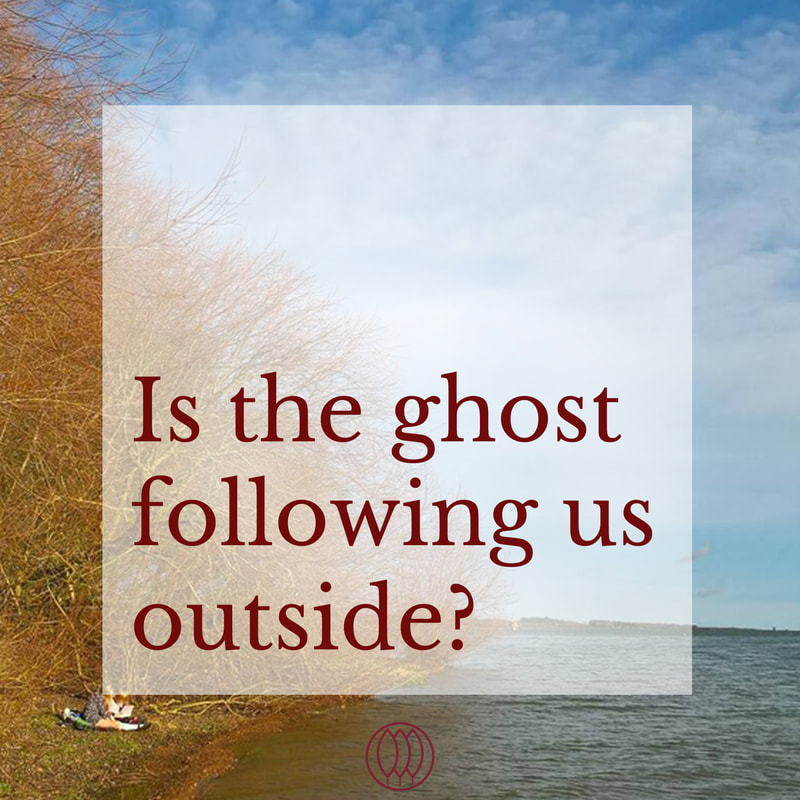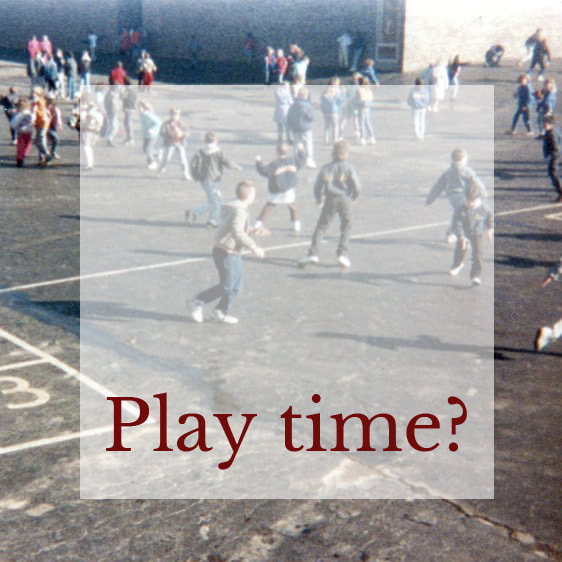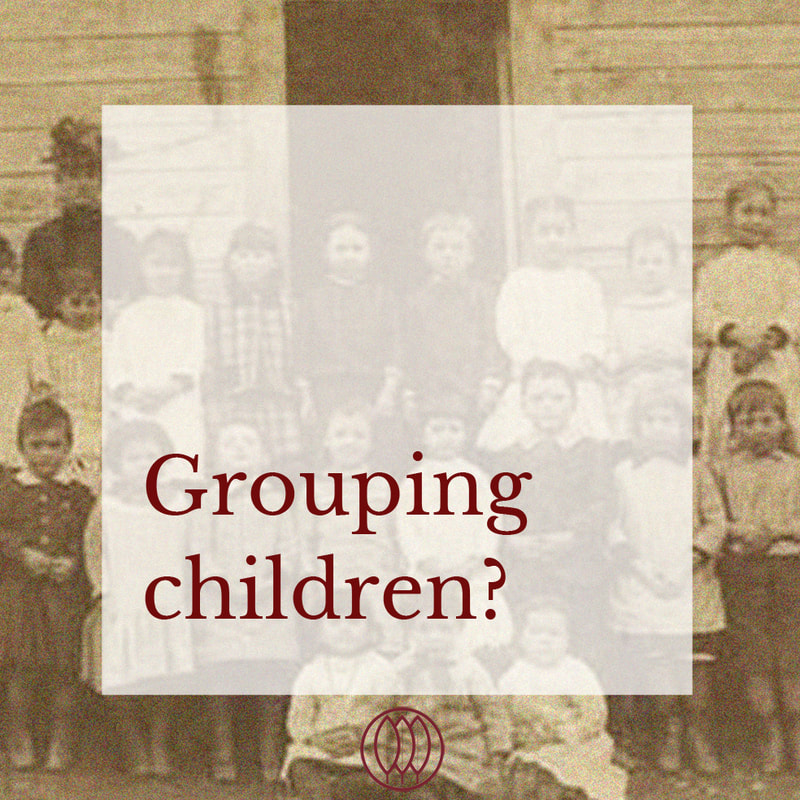|
How We Teach Eco-literacy
While putting together the Authentic Learning Environment education model, it was essential to address the environmental crisis. The planet is struggling with a decline of nature, increasing pollution and ecocide, all happening at local and global levels. This is everyone's crisis, especially for our children! We need to educate now, people who can address this growing crisis. The future - their future - will depend on making some big changes to how our culture operates. Currently, our culture is steering toward ecocide. We need to change the trajectory toward a more sustainable way of living. KEEP READING... |
|
We Put Play on the Curriculum!
Everyone talks about the importance of play in Early Childhood Education and child development. Yet no one talks about the importance of play after the child has stepped into the classroom to begin schooling - all of a sudden, play becomes a "break from learning" or appears as teaching under the guise of "play-based learning" with an adult-led agenda. KEEP READING... |
|
Competition or Collaboration?
There was a lot of flower picking and arranging that day. Conversations unfolded as they worked, about colours, the role of different plants while arranging, the names of things and when they knew a flower lasted well if cut. At the end of the day, there were six bunches all lined up together. Everyone looked at the day's work, at the row of bunches. At this point, what the Facilitator asks of the Learners will either grow Convergent Thinkers and active Survival Brains or Divergent Thinkers and Integrated Brains. KEEP READING... |
|
Teaching Eco Literacy Through Children's Craft Activities
"Crafternoons" came about as a way of offering crafts for children that don't end up in the bin! We wanted to give children something meaningful to make and for their creations to be use-full with a real-life purpose. On top of that, we noticed that many children's craft activities were using materials harmful to the environment, such as glitter, foam board, synthetic fabrics and many forms of plastic. The list could go on. KEEP READING... |
|
Supporting Reading & Writing Naturally
Following naturally paced development in reading and writing means no rushing or forced left-brain development. Instead, we facilitate right-brain development at its peak and wait until the left-brain comes online on time. It also means no directorial teaching until the child has reached seven years of age - instead, we support experiential learning at its peak. KEEP READING... |
|
|
The Active Learner
There are certain skills and qualities that develop in young learners as they spend more time in Authentic Learning Environments. These skills are skills for life and bring us closer to our 'authentic self'. These skills are also what make it possible to run a self-directed learning environment efficiently. The learner is active instead of passive and dependent, and they can follow their own interests at their own pace, directing themselves and working alongside others. KEEP READING... |
|
Identifying Learning
Learning can be broken down into three easy-to-understand sections: Sponge Learning, Developmental Learning, and Taught Learning. By laying out each meaning and looking at them individually, we can see just how different and sometimes contradictory these meanings are. When we recognise learning in its many variations, it is possible to support a child in every aspect of learning. KEEP READING... |
|
|
Education doesn't need to be reformed - it needs to be transformed.
The key is not to standardise education, but to personalise it, to build achievement on discovering the individual talents of each child, to put students in an environment where they want to learn and where they can naturally discover their true passions."
- Ken Robinson


